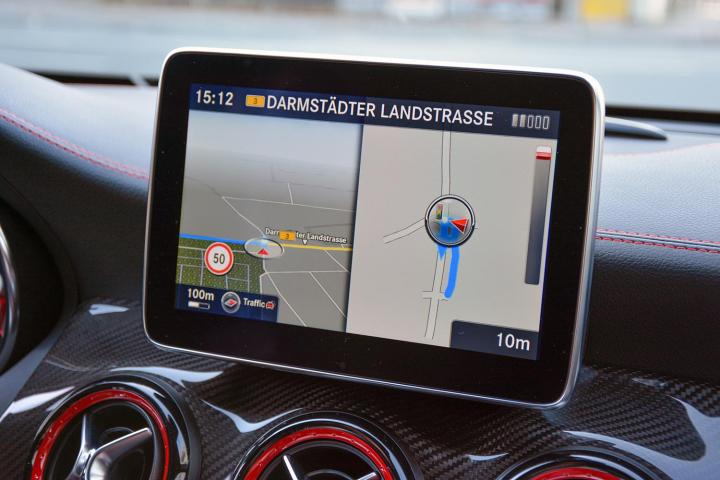
Speaking with German newspaper Deutsche Unternehmerboerse, Zetsche vaguely suggested that “many things are conceivable.” Notably, Daimler and the two U.S.-based tech giants could team up to fine-tune the technology required to bring self-driving cars to the market in a safe and timely manner. Another possible area of collaboration is the development of infotainment systems.
“Google and Apple want to provide system software for cars and bring this entire ecosystem around Apple and Google into the vehicle. That can be interesting for both sides,” explained Zetsche without providing additional details.
While the executive refrained from explicitly mentioning Apple’s long-rumored entry into the auto industry, he strongly hinted that Daimler isn’t currently interested in providing the Cupertino firm with the components it needs to build its first-ever car.
“We don’t want to become contractors who have no direct contact with customers any more and supply hardware to third parties,” affirmed Zetsche during the interview.
Interestingly, he brought up the possibility of forming a joint-venture in order to build cars with either Apple or Google. However, he stressed that nothing is set in stone at this point and that all of these projects are purely hypothetical.
Apple and Google haven’t responded to Zetsche’s comments yet. Daimler isn’t waiting to see whether the two tech companies are interested in a collaboration, and it has recently joined forces with arch rivals BMW and Audi to purchase Nokia’s Here mapping service for slightly over $3 billion. That’s a lofty sum, but Zetsche pointed out that high-precision digital maps like Here “are a crucial component of the mobility of the future.”
Editors' Recommendations
- Mercedes G580 electrifies an off-road icon
- 2025 Mercedes-Benz EQS sedan gets new face, bigger battery
- Mercedes’ electric eSprinter isn’t just greener, it’s better
- How do you crash-test an EV with an 871-pound battery? Mercedes showed us
- Mercedes ‘Little G’ electric G-Wagon: Rumored design, release date




